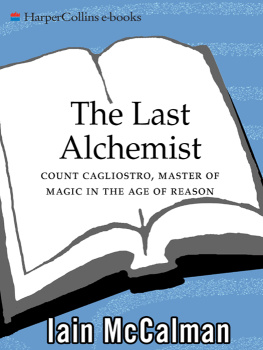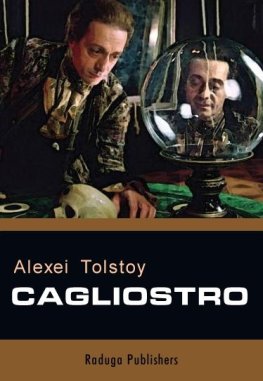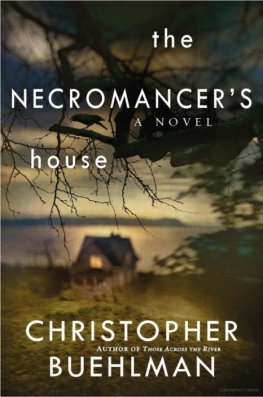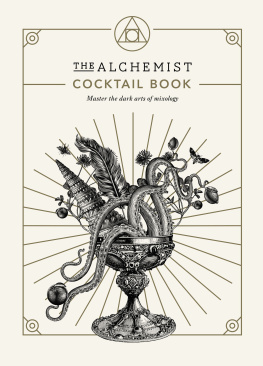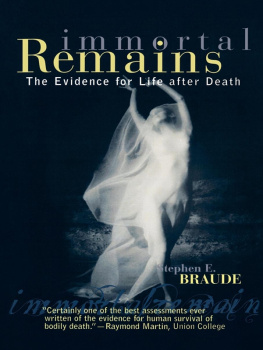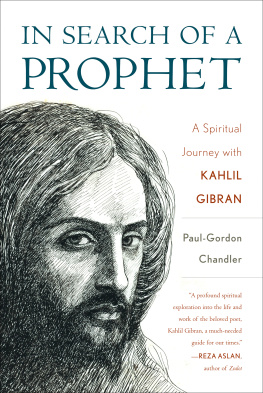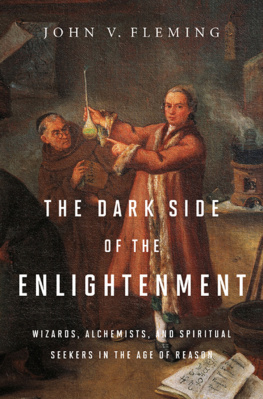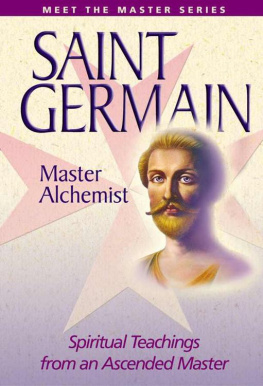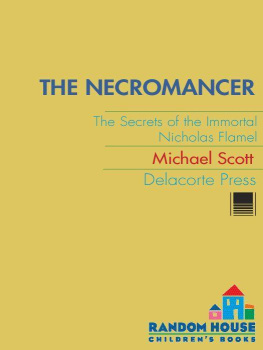I have incurred more than my usual quantum of debts in writing this book. It could not have been done without the kindness and expertise of friends who obtained sources for me abroad that I was unable to reach myself, and, on occasion, translated these as well. Natalie Adamson and Serge Kakou deserve special mention here. Others have helped me to translate documents from Italian and German or have checked and improved my own translations in French. I thank them for their generosity and skill. They are Glenn St. John Barclay, Caroline Turner, Bruce Koepke, Susanna von Caemmerer, Mary Caliri, Mike Ovington, and Gino Moliterno. To Gino, special thanks for his enthusiastic support throughout and his expert advice on Cagliostros career in film. Christa Knellwolf not only translated important documents from the German for me but also gave me the benefit of her expertise on Goethe. Simon Burrows and his wife furnished me with documents I could not otherwise have obtained and Simon gave unstintingly of his expertise on Thveneau de Morande and his milieu. I look forward to his own biography of Thveneau before long. My thanks to John Docker for putting me onto Walter Benjamins wonderful reflections on Cagliostro.
Georgina Fitzpatrick has my heartfelt thanks for her help with occasional translations, editing the final stages of the book, and searching out permissions for pictures. Having someone so skilled and patient during the birth throes of a book is a tremendous comfort. My thanks, in turn, to the Australian Research Council for helping to fund such a treasure. Lindy Shultz has also been generous with her skills and advice about layout and picture scanning. Owen Larkin has helped to hunt down potential pictures for the cover. Heather McCalman gave me important early encouragement.
Archivists and librarians have helped me in many ways, especially in the Australian National University; the Australian National Library; the Bibliothque nationale de France; the Bibliothque de LArsenal; the Archives Nationales; the British Library; the British Museum; the Bodleian Library, Oxford; the Ashmolean Library, Oxford; Torre Abbey, Torquay; the Huntington Library, California; the Archivio de Pesaro; the Staat Archivs in Basel; and the Bibliothque de la ville de Strasbourg.
To my friend and agent Mary Cunnane, I owe an enormous debt. She gave me the courage and inspiration to attempt the book, and she trained me patiently in how to overcome some academic bad habits. Thanks to my co-agent Peter McGuigan, whose zest, enthusiasm, and advice have proved indispensable at the U.S. end. Dan Conaway of HarperCollins was a wonderful editor; his enthusiasm, patient hard work, and talent have greatly improved the book.
I would also like to thank my friends and acquaintances in Palermo whose warmth and passion for Cagliostro inspired me to write the book. They are Ninetta Cangelosi, Nelida Mendoza, Sebastian, and the Patron of the Ristorante Le Conte de Cagliostro.
Finally, I would like to thank Kate Fullagar, to whom I owe most of all. She has read every draft and given me unending support, encouragement, advice, and insight. I hope this book lives up to your faith.
T HE GREATEST ENCHANTER of the eighteenth century deserved better than this, I thought, looking at the house of Count Cagliostro, magician, alchemist, healer, and Freemason. It was a hole bashed high in the side of a crumbling building, halfway along a tiny market lane in Palermo, Sicily. Behind the jagged brick outline you could dimly see the shell of a room, a dusty and derelict cave. The alley stank of urine.
It would be hard to find a sorrier memorial for someone whod once been a household name throughout the western world, a magician whom monarchs had courted, bishops had feared, artists had painted, doctors had hated, and women had craved. A notice at the entrance told me that the alleys original name, vicolo delle Perciata, had been changed to via conte di Cagliostro, and it gave a minimal summary of Count Cagliostros wondrous life.
Giuseppe Balsamo, born in this street in 1743 and educated at the nearby church school of San Rocco, left Palermo at age twenty to visit North Africa, the Levant and the Mediterranean. Adopting the name of Count Cagliostro, he traveled throughout Europe for a decade, performing magical wonders, healing the poor, and founding branches of his Egyptian Masonic movement. Acquitted of swindling after being imprisoned in the Bastille in 1785, he was captured by the Roman Inquisition in 1789 and died in 1795.
His enemies would have been delighted at the neglect of his house. Thered been plenty of them: Casanova, the greatest lover of the age, was bitterly jealous of him; Catherine the Great, empress of Russia, wanted to strangle him; Johann von Goethe, the most revered of Germanys writers, was driven almost mad by hatred of him; King Louis XVI of France persecuted him as a dangerous revolutionary; Queen Marie-Antoinette wanted him locked permanently in the Bastille for involving her in a diamond necklace swindle; and Pope Pius VI accused him of threatening the survival of the Catholic church.
Id come twelve thousand miles from Australia to see a hole in the wall, the sad remains of the life of Count Cagliostro. What had I hoped to finda footprint, a ghost, some clue to his mystery? As a historian, I wanted of course to answer the question thats been asked by every one of his previous biographers, and many of his contemporaries as well. Was Count Cagliostro a sinner or a saintthe worst scoundrel of his age or a great occult healer? His biographers, most of them Italian, French, and German, usually came down strongly on one side or the other, but it seemed to me that he might have been both.
His enemies called him a coarse, shallow charlatan, but hed somehow survived the harsh eraser of history. You can still see Cagliostro today in science fiction movies like Spawn or in dramatic costume movies like The Affair of the Necklace. At least half a dozen films have been made about his lifein Russia, in America, in Germany, in Italy, and in France. In the last two countries, he still features in television cartoons, comics, pop music, and pulp novels. More highbrow consumers encounter him as Sarastro in Mozarts famous opera The Magic Flute, or in Johann Strausss operetta Cagliostro in Wien.
Cagliostros many attackers also presented another enigma. The Roman Inquisitor Monsignor Barberi, who spent fifteen months interrogating Cagliostro in the Castle of SantAngelo, posed it in 1791:
Who could have imagined that a man of his description should have been received with respect in some of the most enlightened cities of Europe? That he should have been regarded as a star propitious in the human race, as a new prophet, and as a type and representation of the Divinity? That he should have approached thrones? That haughty grandees should have become his humble suitors, and nobles paid him the most profound veneration?
A near contemporary, the rabidly brilliant Scottish historian Thomas Carlyle, took Barberis question a step further by asking, in 1833, how all this could have been achieved by a man devoid of looks, charm, or intellect. Carlyle blamed Cagliostros success on the eighteenth century itself, which was not, he said, an age of reason and enlightenment, as is usually claimed, but an age of fraud and superstition.
It was easy enough for Carlyle to lampoon Cagliostro as a mediocrity because he never saw the man in the flesh. An equally skeptical Alsatian noblewoman, Madame Henriette Louise dOberkirch, who did meet him in 1781, found herself utterly seized by the magicians charisma. His eyes were indescribable, with supernatural depthsall fire, yet all ice. His voice caressed her, like a trumpet veiled in crepe. When he came close, he frightened you and at the same time inspired you with an insatiable curiosity. She could only conclude that Cagliostro was possessed of a demonic power, he enthralled the mind, paralysed the will.

